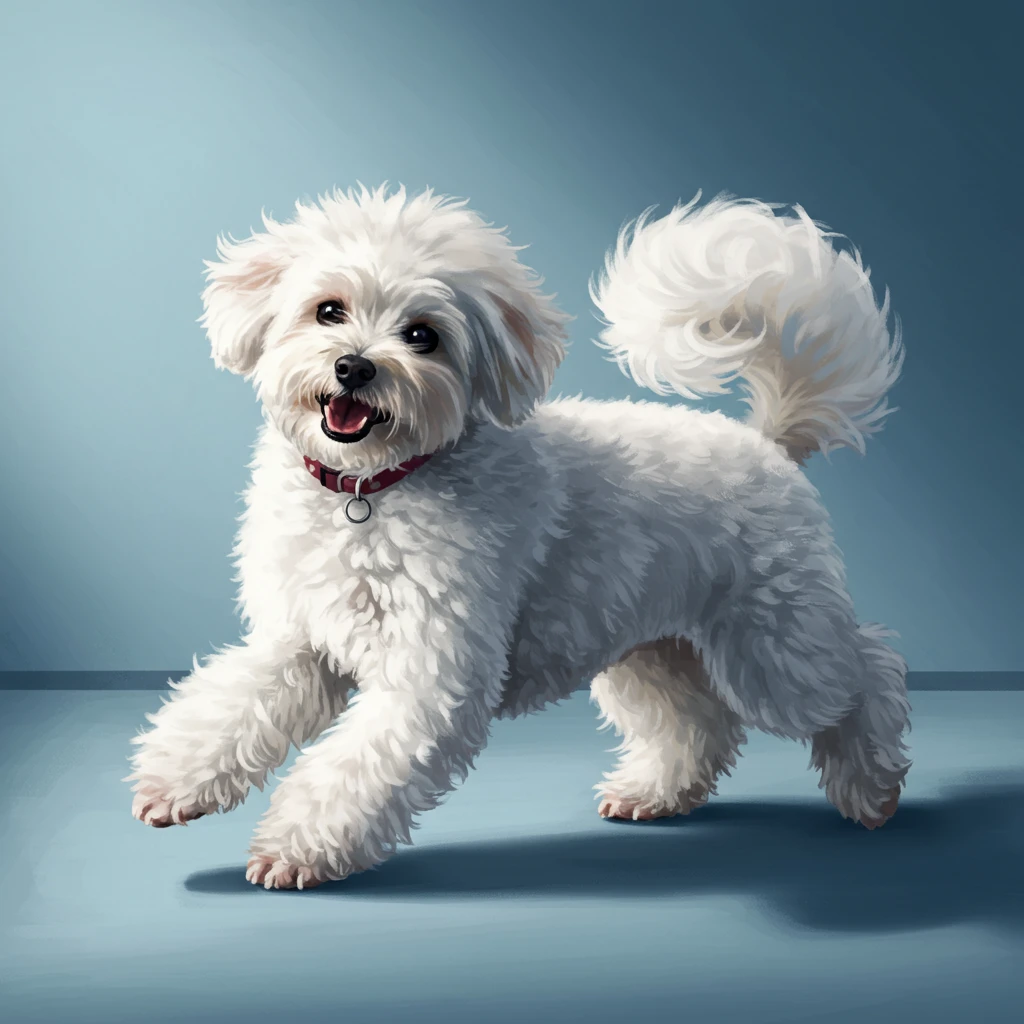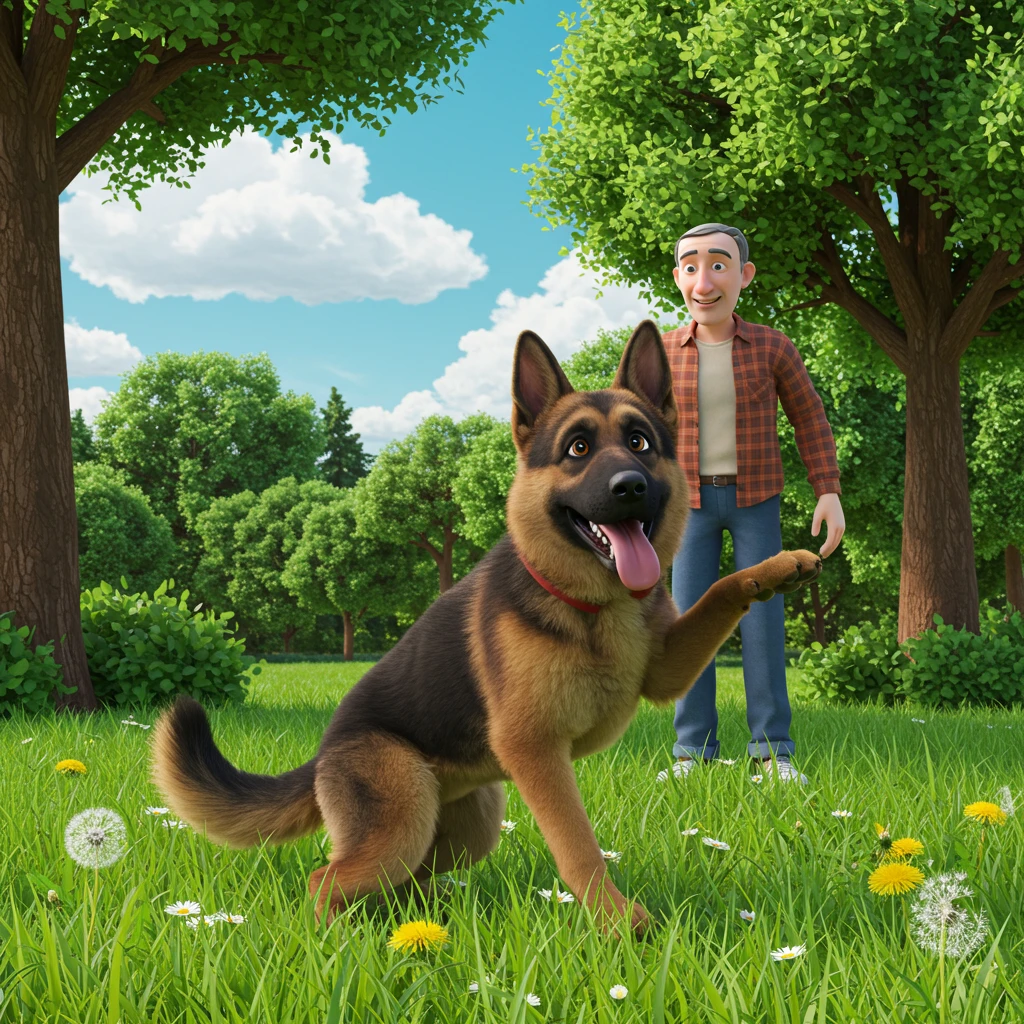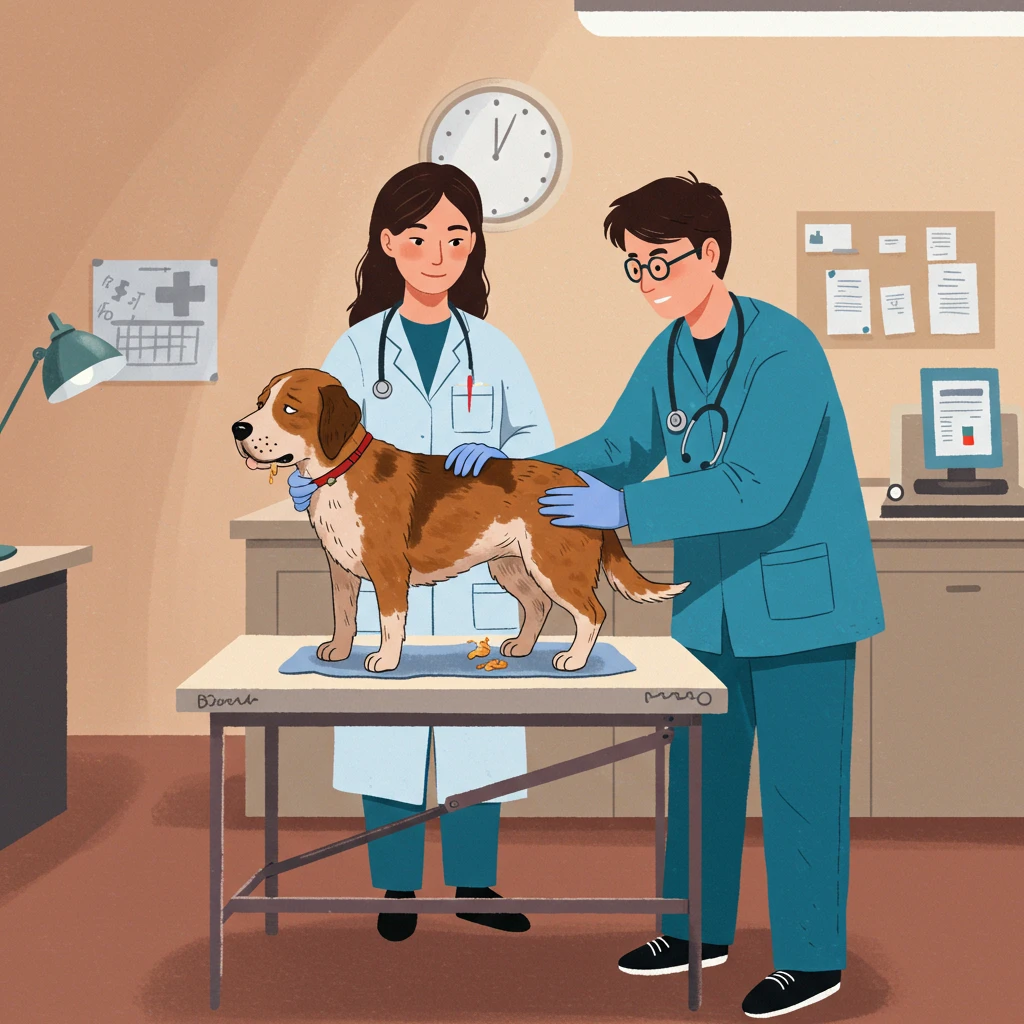Dog behavior can sometimes seem strange, and one of the most concerning behaviors observed by owners is a dog circling continuously. This behavior can be symptomatic of various health problems or anxiety. In this article, we’ll explore the potential causes of this behavior, associated symptoms, possible diagnoses, and practical advice on how to act quickly and effectively.
Potential Causes
Neurological Problems
Neurological disorders can be the cause of excessive circling behavior in dogs. Diseases such as epilepsy, brain tumors, or central nervous system infections can lead to abnormal behaviors.
Anxiety and Stress
Stress and anxiety can also cause a dog to adopt repetitive behaviors like circling. Dogs can feel anxious for various reasons, including environmental changes, loud noises, or lack of exercise.
Ear Problems
Ear disorders, such as infections or parasites, can cause imbalances that lead a dog to circle. Dogs may also circle to try and relieve pain or discomfort.
Behavioral Disorders
Behavioral problems, such as tail-chasing syndrome, can also manifest as circular movements. This behavior can result from boredom or a lack of mental stimulation.
Associated Symptoms
Repetitive Behavior
The dog circles repeatedly, often in the same spot. This behavior can be observed as a perfect circle or less structured movements.
Appetite Changes
Dogs suffering from health problems may also show signs of appetite changes. They may eat less or, conversely, have periods of voracity.
Restlessness or Nervousness
A dog that circles may also show other signs of agitation, such as excessive paw licking, panting, or trying to escape.
Isolation
A dog that feels unwell may also isolate itself from its environment, preferring to stay alone rather than interact with other animals or humans.
Diagnosis
Veterinary Consultation
The first step to diagnosing the cause of your dog’s behavior is to consult a veterinarian. They will perform a comprehensive physical examination and may recommend additional tests, such as blood tests, X-rays, or ultrasounds.
Medical History
The veterinarian will also consider your dog’s medical history, including any recent changes in its environment or diet that could shed light on its behavior.
Behavioral Observation
It can be helpful to keep a journal of your dog’s behaviors. Note the frequency of circling, the time of day it occurs, and any other associated behaviors. This information can be valuable for the veterinarian.
Neurological Tests
If neurological problems are suspected, the veterinarian may recommend specific tests, such as an MRI, to assess the condition of the brain and nervous system.
Concrete Examples and Use Cases
Case 1: Ear Infections
A Labrador owner noticed his dog circling after swimming in a lake. After consultation, the veterinarian diagnosed an ear infection. Antibiotic treatment was prescribed, and the circling behavior disappeared once the infection was cleared.
Case 2: Separation Anxiety
A Beagle began circling every time its owners left it alone at home. After evaluation, it was determined that the dog was suffering from separation anxiety. Desensitization strategies and training techniques were implemented to help the dog better manage these moments.
Case 3: Epilepsy
A young French Bulldog began circling uncontrollably. After several tests, it was diagnosed with epileptic seizures. Medication treatment was initiated, and the behavior was significantly reduced.
Key Points and Best Practices
- Careful Observation: Note your dog’s behaviors to provide valuable information to your veterinarian.
- Prompt Veterinary Consultation: Don’t delay consulting a professional if the behavior persists. Early diagnosis can make a big difference.
- Don’t Ignore the Signs: Behavioral changes can be indicators of health problems. Don’t minimize them.
- Improve the Environment: If anxiety is suspected, consider creating a calm and stimulating environment for your dog.
- Train and Socialize: Early training and socialization can help prevent certain problematic behaviors.
Conclusion
A dog circling continuously can be concerning and should be taken seriously. By understanding the potential causes and observing the symptoms, owners can act quickly to obtain an appropriate diagnosis. It’s essential to consult a veterinarian to rule out health problems and to get advice on how to treat behavioral disorders. Ultimately, addressing this type of behavior can improve your four-legged companion’s quality of life and strengthen the bond you share.
What specific behaviors are you noticing in your dog that are making you concerned about their circling?







